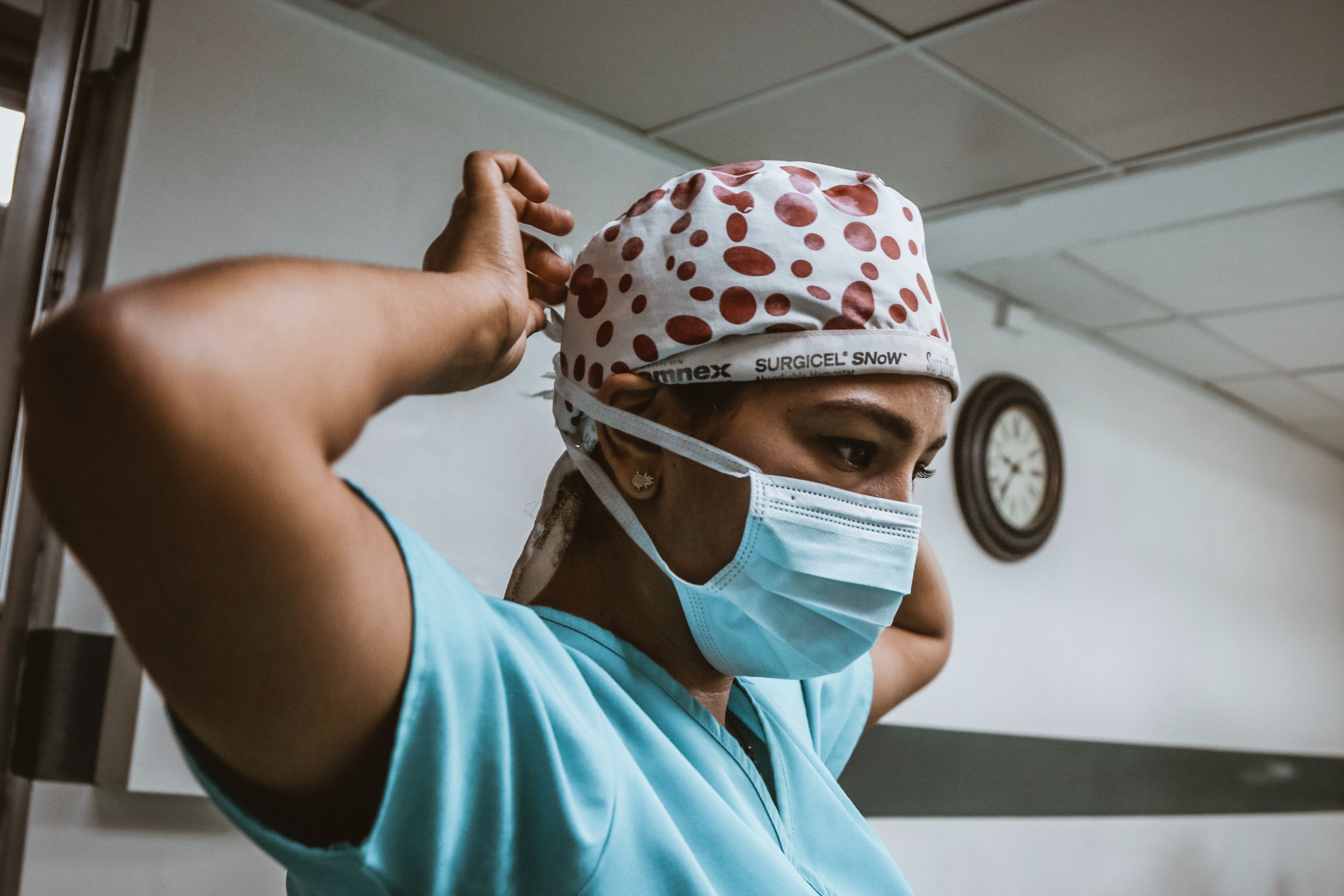Article
Predicting C diff Infection After Heart Surgery
Author(s):
Investigators determined that acid-base disturbances like lactate clearance influenced C diff infection after cardiac surgery.

Perioperative hyperlactatemia and decreased lactate clearance among cardiac surgery patients may be predictors for occurrence of Clostridium difficile (C diff) infection post-surgery, according to a paper published in PlosONE.
Investigators from Poland analyzed 12,235 cardiac surgery patients in order to determine if perioperative acid-base abnormalities, such as lactate disturbances, were able to predict the probability of incidence of C diff infection in these patients. They noted that C diff is the third-most common major infection following cardiac surgery, but it is unclear whether these disturbances during the perioperative period influence C diff infection. The patients were treated between January 2014 and December 2019 and the most common procedures were heart valve surgery and coronary artery bypass grafting.
Beyond the usual, well-established risk factors, such as immune status, comorbidities, antibiotic exposure, exposure to spores and hospitalizations, the study authors wanted to determine the effects of hyperlactatemia and other acid-base disturbances. Elevated lactate levels, for example, can be a marker of circulatory failure, tissue hypoxia, and intestinal ischemia, they said. Hyperlactatemia, when developed during surgery or within the first 6 hours post-operatively, is associated with increased risk for worse outcomes, they added, including longer hospital stay and death.
The study authors included a control group, consisting of 200 patients without diarrhea who underwent cardiac surgery during the same observation period. The C diff group was suspected of infection after 3 or more unformed stools passed per day and then stool samples were analyzed. The study authors also collected data regarding demographics, comorbidities, type and timing of cardiac surgery, perioperative infections and antibiotic treatment, readmission to the ICU, and in-hospital length of stay.
The cohorts were comparable, though the study authors noted C diff patients were older compared to the controls and often had a history of malignant neoplasms.
Overall, 143 patients (1.2%) developed C diff infection.
The C diff patients had lower values of pH throughout the observation period, the study authors also said, though a significant difference was observed during the preoperative period compared to the controls. There was no difference between the groups in PaCO2 levels, but PaO2 was higher in C diff patients at baseline. At each time point, the study authors said, the C diff patients had greater base deficiency, such as more negative BE, compared to the control group.
The control group had the highest lactate concentration during surgery, and then their levels decreased and lactate clearance increased over time, the study authors learned. For the C diff patients, lactate was at its peak during surgery and remained elevated until the final observation time point. This group consistently had higher lactate levels than the control group.
During the procedure, after 4 hours, and after 12 hours, severe hyperlactatemia was more common in the C diff patients compared to controls. These patients also had higher glucose concentration than non-C diff patients during the procedure, immediately, and 4 hours post-operation. After 4 hours post-surgery, C diff patients also had more stress hyperglycemia, the authors noted.
“We demonstrated that perioperative increased lactate concentration and decreased lactate clearance may be independent predictors of occurrence of C diff infection in the analyzed group of patients,” the study authors concluded.





